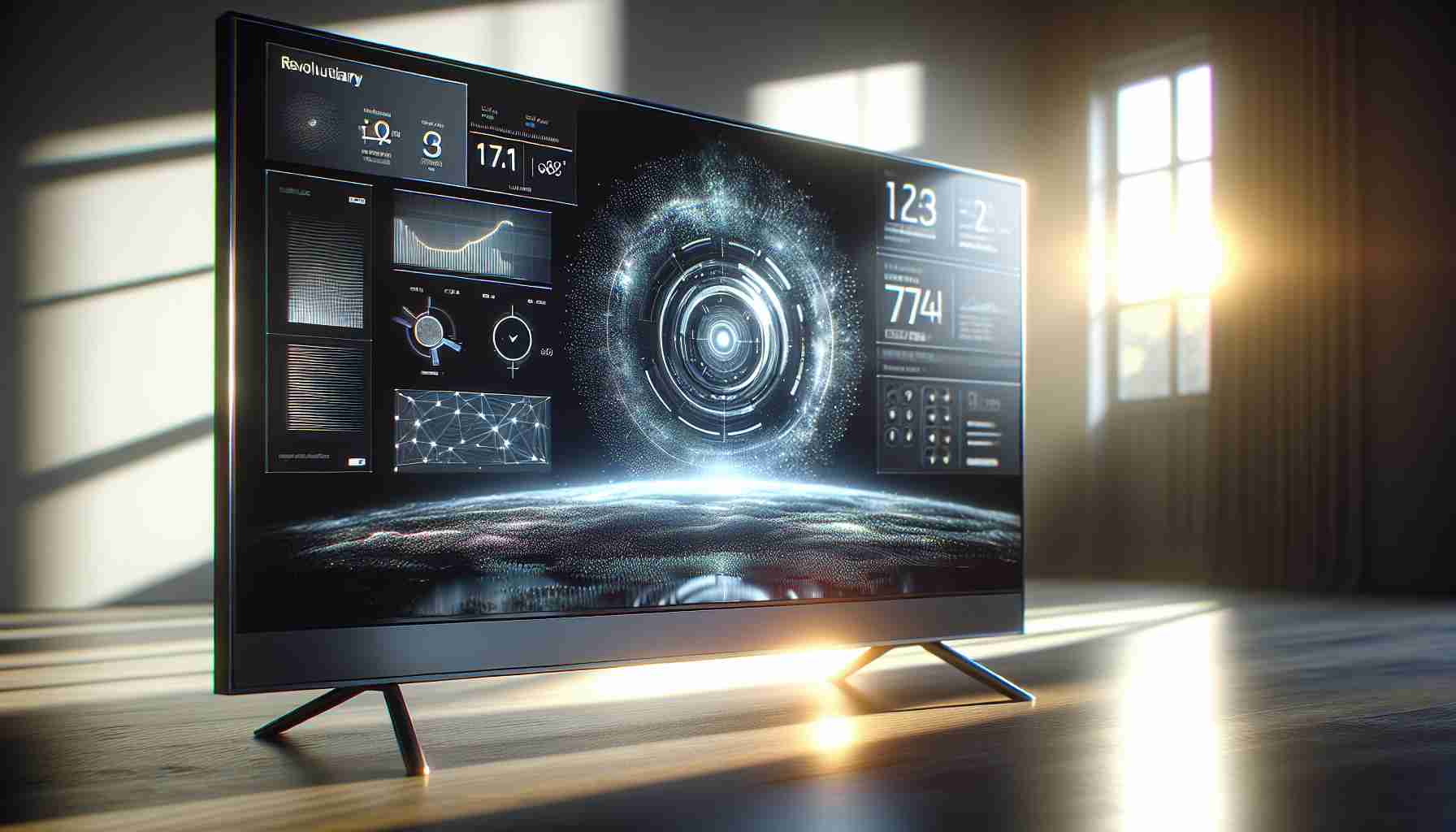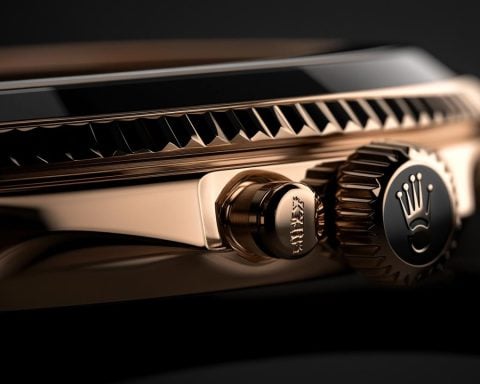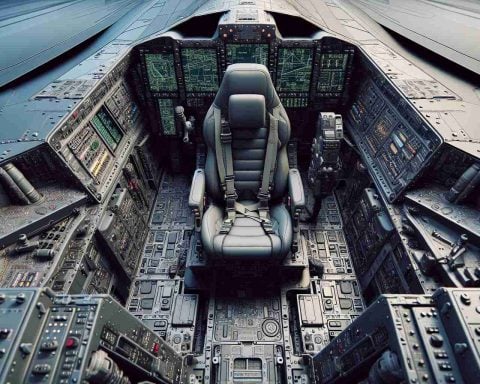In a bold move towards redefining home entertainment, Samsung is introducing its much-anticipated One UI interface to Smart TVs. This feature, initially pioneered on Samsung smartphones, promises to seamlessly blend powerful technology with intuitive design, elevating the user experience to unprecedented heights.
Why One UI Matters
Samsung’s One UI is celebrated for its clean, minimalist aesthetics and user-friendly navigability. As it transitions to Smart TVs, users can expect the same intuitive interaction. The interface aims to declutter your screen, making essential features more accessible and reducing information overload. With its thoughtfully designed layout, finding your favorite applications, streaming services, and settings becomes effortless, ensuring a richer, smoother viewing experience.
Changing the Smart TV Landscape
The integration of One UI with Samsung Smart TVs represents more than just a cosmetic upgrade. It promises to revolutionize how users interact with their televisions, featuring enhanced voice command capabilities, personalized recommendations powered by artificial intelligence, and seamless integration with SmartThings for a fully connected home ecosystem. The inclusion of these advanced features underscores Samsung’s commitment to pushing the boundaries of what Smart TVs can achieve.
The Future of Television
As Samsung continues to innovate, One UI may set a precedent for the entire industry. By blending technology with design seamlessly, Samsung is not only reimagining user engagement but also setting a new standard for future Smart TV interfaces. As consumers demand more from their devices, Samsung’s One UI could very well herald a new era in television technology.
Is Samsung’s One UI the Gateway to the Future of Connected Living?
In an era where digital transformation influences every facet of life, Samsung’s decision to expand its One UI to Smart TVs is more than just an upgrade—it’s a pivotal moment in technological evolution. Beyond the interface’s sleek look and ease of use, what additional layers of impact does this innovation hold?
Deeper Connectivity and Automation
Smart TVs equipped with One UI could serve as the central hub of a fully connected smart home. By integrating seamlessly with SmartThings, Samsung is paving the way for TVs that do more than play content—they could manage your lighting, home security, and even communicate with other devices like your smart fridge. This leap not only streamlines user interactions but also declutters the myriad of apps needed to control different devices.
Advantages: Personalization and Efficiency
One of the significant advancements may lie in its ability to provide personalized content through AI-driven suggestions. This promises to save users time, reducing decision fatigue and elevating the overall user experience. Moreover, enhanced voice commands might cater to a broader demographic, including those not tech-savvy, transforming accessibility within tech spaces.
Controversies and Privacy Concerns
However, there’s the flip side: the growing ecosystem demands increased data sharing across devices, raising privacy concerns. Who has access to your data, and how secure is it? Also, some consumers may be wary of the potentially overwhelming dependence on a single brand’s ecosystem.
As Samsung rewrites the script on Smart TV functionality, it challenges both the technology landscape and societal norms on connectivity, privacy, and independence. Will this integration lead to unparalleled efficiency, or are we venturing towards a future of over-dependence? The answers lie in how Samsung navigates these emerging challenges and consumer trust.














